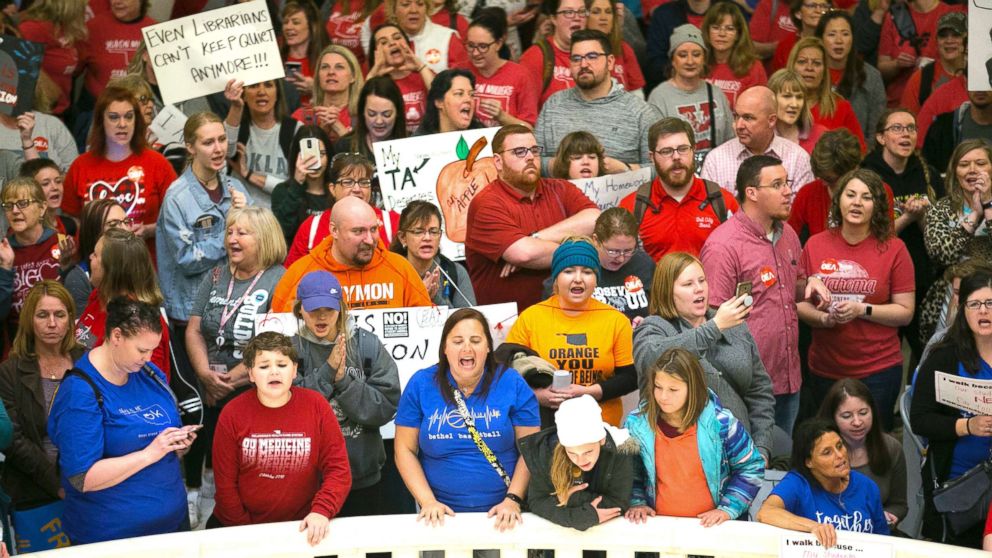
Bring on the earnings season.
Analysts are hoping anticipated profit gains of 18 percent or more for the first quarter, and strong guidance on future quarters will turn the tide in the market correction.
That’s because the market needs more earnings growth to justify its valuation — which is currently pricing the S&P 500 at about 20 times the amount of earnings its companies generated in the trailing 12 months.
David Rosenberg, chief economist at Gluskin Sheff and Associates, said he’s skeptical the market is ‘out of the woods’ yet, simply based on the way the P/E, or price-to-earnings ratio typically reacts during a market correction.
He looks at the so-called multiple or P/E from a forward basis, meaning the price of stocks based on the anticipated earnings—12 months into the future.
“So far, this has been a typical correction premised on a compression of the P/E multiple from its lofty levels,” he wrote, noting the multiple has fallen to about 16 times from 18.4 on a forward basis.
“We have seen this many times before—in fact, the average decline in the forward multiple in an overall equity market drawdown is 3.5 points. So we have a full multiple point to go, which means that just getting to what is normal at a correction trough would be close to 2,400 on the S&P 500 or about another 170 points down from here,” Rosenberg wrote.
Rosenberg said a sell-off of that type would take the multiple down to its long-run norm of 15 times. He said trade and other factors are at play, but it’s really the multiple behind the market correction, which has taken major averages to declines of 10 percent or more.
“The P/E multiple is really the poster child of confidence and certainty in the market place and that’s really what’s unwinding. The trade part is just one segment of it,” he said on CNBC Tuesday.
James Paulsen, chief investment strategist at Leuthold Group, said he watches the multiple on trailing earnings, and he too sees the market correction continuing until the P/E, or valuation is at a lower level.
“It’s not a hard and fast rule, but it’s a rule to me, it’s around 17 times. The reason for that is the old rule of 20, the P/E multiple sustains or comes back to 20, less the inflation rate. That’s worked fairly well since the 1960s. Not that the multiple doesn’t move away from it but it tends to come back to it. With inflation at 2.2 percent, it would be a little over 18 times so by year end it’s going to be about 3 percent. That would put the sustainable multiple at around 17.5 times,” he said.
Paulsen said on a forward basis, analysts expectations put S&P 500 earnings per share between $150 to $160 for 2018.
“I think at year end, [earnings will] probably be at around $150, and that would give you a year-end of 2,550,” he said. “It certainly can go lower than that in the interim. But I think year-end it could be around that ball park and be a sustainable level for next year. My best guess is markets are going to break and go lower, but if they do and there’s panic, I think that would be a buying opportunity.”
Paulsen said the market has not seen panic yet, which would be a sign of bottoming.
“I think the fundamentals look good, so maybe as we get into the earnings season, that reasserts itself,” said Jeff Kleintop, chief global investment strategist at Charles Schwab. Kleintop said earnings season could be the catalyst that stops the sell off.

